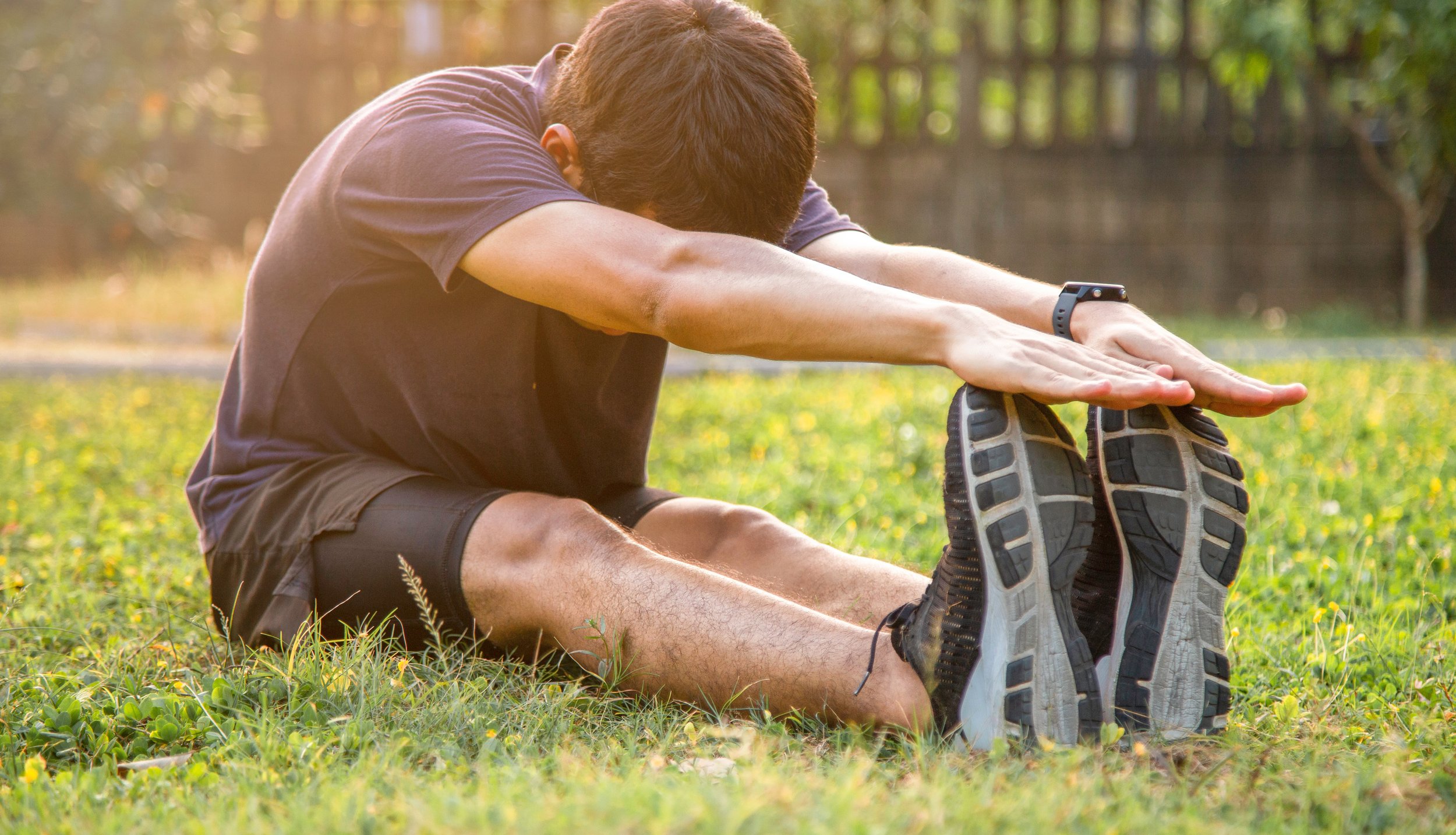Disc Golf Cool Down & Recovery: Master The 100 Point Method For Faster And Smarter Recovery
Introduction
Over the past month, we have discussed Warm Ups and Training for Disc Golf; this article will conclude the series and discuss cool downs and recovery.
Disc golf is a dynamic sport that requires both physical and mental agility. As with any sport, proper cool downs and recovery are crucial to maintaining peak performance and preventing injuries. This article will dive into the world of cool downs and recovery for disc golf, highlighting the 100 point recovery method to help you improve your game and stay injury-free.
Cool Downs and Recovery for Disc Golf
Whether you're a seasoned pro or a casual player, incorporating a structured cool down and recovery routine into your disc golf practice can significantly improve your performance and reduce the risk of injury. The 100 point recovery method provides a flexible and practical approach to recovery, ensuring you bounce back faster and stronger after each game.
The Importance of Cool Downs and Recovery
Regular cool downs and recovery practices can lead to several benefits, including:
Improved muscle function and flexibility
Reduced muscle soreness and stiffness
Enhanced mental clarity and focus
Decreased risk of injury
Faster recovery between games
What is the 100 Point Recovery Method?
The 100 point recovery method is a comprehensive approach to post-game and training recovery, assigning point values to various cool down and recovery activities. The goal is to accumulate 100 points through a combination of these activities, tailoring your recovery plan to your specific needs and preferences.
How To Cool Down And Recover Using The 100 Point Recovery Method
The 100 point recovery method comprises several components, each with a specific point value. Mix and match these activities to create a personalized recovery plan that works best for you.
Cool Down Exercises (20-30 points)
Cool down exercises help to gradually lower your heart rate and relax your muscles after a game. Examples include:
Gentle stretching (10 points)
Foam rolling (10 points)
Light jogging or walking (10 points)
Hydration and Nutrition (30 points)
Proper hydration and nutrition are essential for optimal recovery. Ensure you:
Drink water or a sports drink (10 points)
Consume a balanced meal or snack within 30-60 minutes of finishing your game (20 points)
Rest and Relaxation (20 points)
Giving your body and mind time to recover is crucial. Incorporate activities like:
Taking a 20-minute power nap (10 points)
Practicing deep breathing or meditation (10 points)
Active Recovery (20 points)
Low-intensity activities on your rest days can promote blood flow and aid in muscle recovery. Options include:
Swimming, cycling, or yoga (10 points)
A light walk or hike (10 points)
Link to Journal Article on 100 point Recovery
Creating Your Personalized Cool Down and Recovery Plan
Now that you're familiar with the various components of the 100 point recovery method, it's time to design your personalized cool down and recovery plan. Consider the following steps:
Identify your preferred cool down exercises and allocate points accordingly.
Determine your hydration and nutrition needs post-game.
Plan for rest and relaxation activities that resonate with you.
Incorporate active recovery days and select activities you enjoy.
Adjust your plan as needed based on your performance and recovery.
FAQS About Cool Downs And Recovery For Disc Golf
1. How long should my cool down last?
A cool down should last between 5-15 minutes, depending on the intensity of your game and your personal preferences.
2. Can I skip the cool down if I'm short on time?
While it's better to perform a cool down, if you're pressed for time, prioritize hydration and nutrition to aid recovery.
3. How often should I incorporate active recovery days?
Aim to include at least one active recovery day per week. Listen to your body and adjust your schedule based on factors such as fatigue and muscle soreness.
Conclusion
Cool downs and recovery for disc golf are essential for optimizing your performance and preventing injuries. By leveraging the 100 point recovery method, you can create a personalized recovery plan that caters to your unique needs and preferences. Remember to pay attention to your body's signals and adjust your plan accordingly. Embrace the power of cool downs and recovery, and you'll be well on your way to elevating your disc golf game!
Incorporating a structured cool down and recovery routine into your disc golf practice is a game-changer. Utilizing the 100 point recovery method enables you to create a flexible and effective recovery plan that works best for you. Don't underestimate the importance of cool downs and recovery for disc golf – your performance and well-being depend on it!

